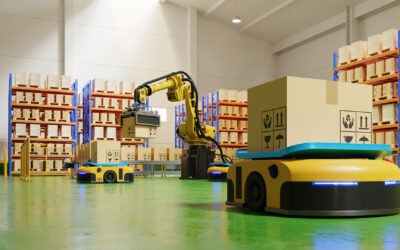Michigan, long the automotive manufacturing capital of the United States, is now getting pumped with investment both publicly and privately to build out a series of battery manufacturing plants that will power the wave of electric vehicles coming to market.
The demand for domestically produced batteries has reached new peaks after the passage of the Inflation Reduction Act (IRA), which includes consumer tax incentives for buying EVs with battery material produced in the United States. Battery makers are rushing to grab available land and start production on factories to meet that demand, shore up their own supply chains and qualify for incentives laid out in the IRA.
Battery factory announcements and automaker-cell manufacturer joint ventures have become commonplace in 2021 and 2022 — particularly in Michigan, Tennessee and other Southeastern states. And they don’t appear to be slowing down.
Read more here.



